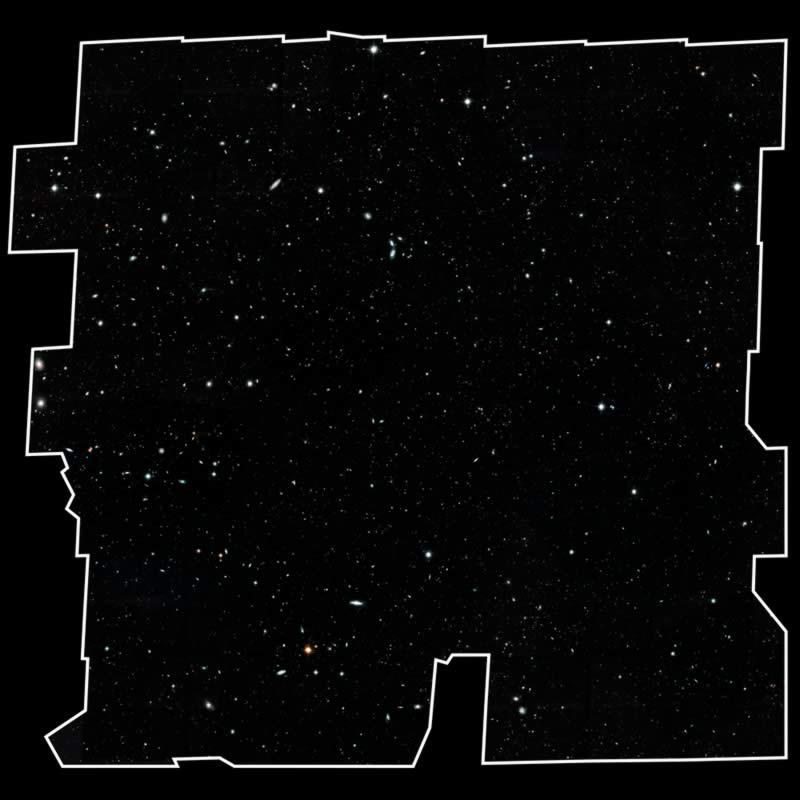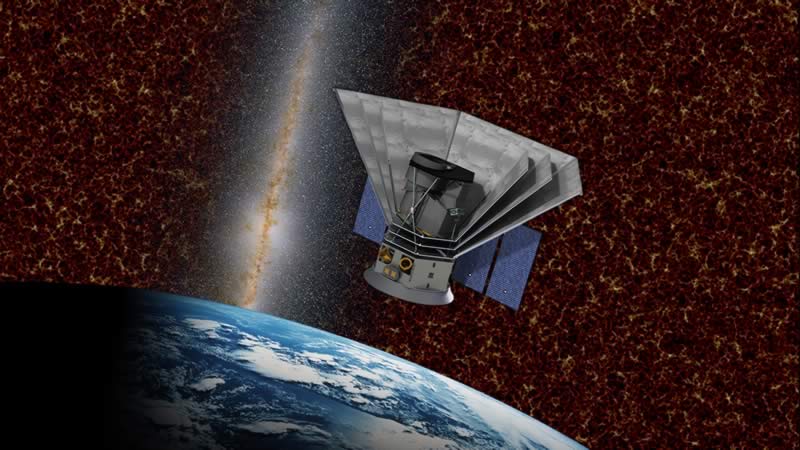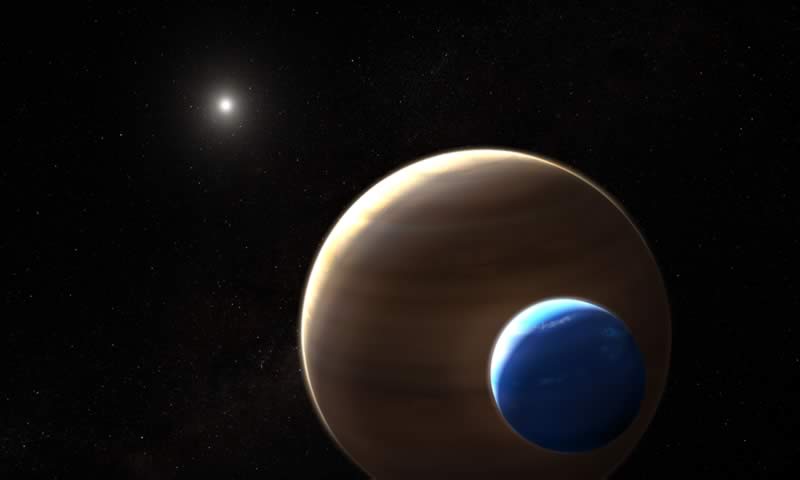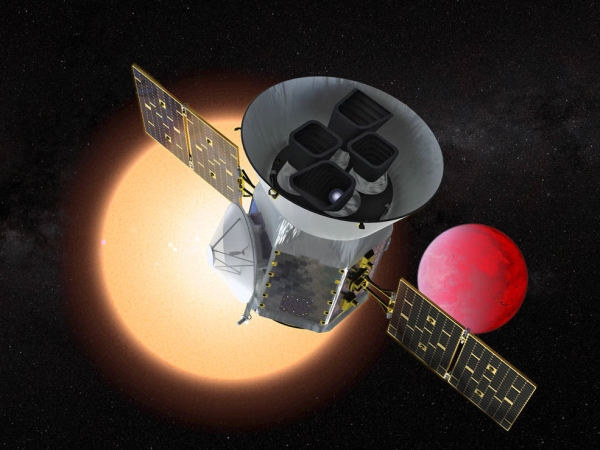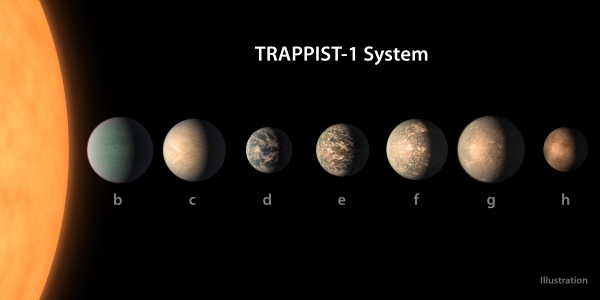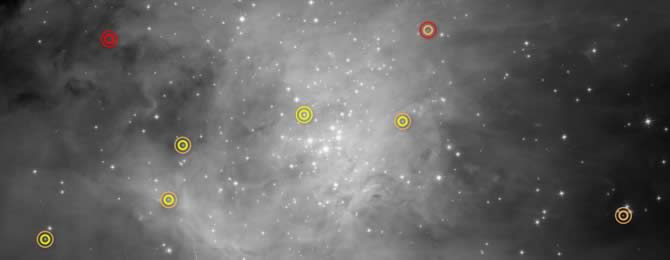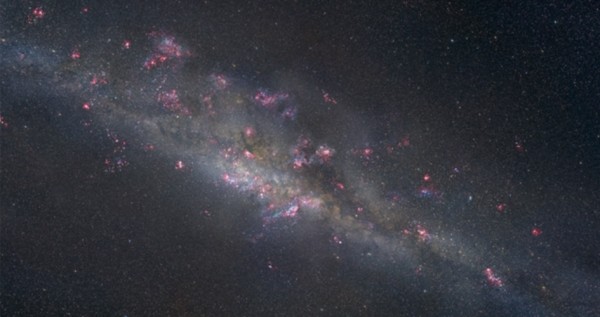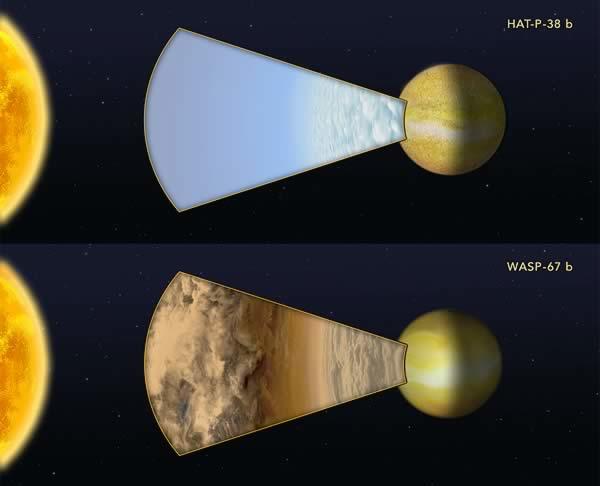Baltimore, MD-(ENEWSPF)- Astronomers have put together the largest and most comprehensive “history book” of galaxies into one single image, using 16 years’ worth of observations from NASA’s Hubble Space Telescope. The deep-sky mosaic, created from nearly 7,500 individual exposures, provides a wide portrait of the distant universe, containing 265,000 galaxies[Read More…]
Search Results for "James Webb Space Telescope"
NASA Selects New Mission, SPHEREx, to Explore Origins of Universe
Washington, D.C.-(ENEWSPF)- NASA has selected a new space mission, SPHEREx, that will help astronomers understand both how our universe evolved and how common are the ingredients for life in our galaxy’s planetary systems. The Spectro-Photometer for the History of the Universe, Epoch of Reionization and Ices Explorer (SPHEREx) mission is[Read More…]
Astronomers Find First Evidence of Possible Moon Outside Our Solar System
STScI, Baltimore, MD-(ENEWSPF)- Using NASA’s Hubble and Kepler space telescopes, astronomers have uncovered tantalizing evidence for what could be the first discovery of a possible moon orbiting a planet outside our solar system. This moon candidate, which is 8,000 light-years from Earth in the Cygnus constellation, orbits a gas-giant planet[Read More…]
Hubble Uncovers the Farthest Star Ever Seen
Baltimore, Maryland—(ENEWSPF)—April 3, 2018 By: Ann Jenkins, Ray Villard, Space Telescope Science Institute, Baltimore, Maryland, and Patrick Kelly, University of Minnesota-Twin Cities More than halfway across the universe, an enormous blue star nicknamed Icarus is the farthest individual star ever seen. Normally, it would be much too faint to view,[Read More…]
NASA to Discuss Upcoming Launch of Next Planet Hunter on March 28 (Video)
Washington, DC—(ENEWSPF)—March 19, 2018 By: Felicia Chou and Claire Saravia Join NASA at 1 p.m. EDT Wednesday, March 28, as astrophysics experts discuss the upcoming launch of NASA’s next planet hunter, the Transiting Exoplanet Survey Satellite (TESS). The briefing will be broadcast live on NASA Television and the agency’s website.[Read More…]
New Clues to TRAPPIST-1 Planet Compositions, Atmospheres (Video)
CALIFORNIA—(ENEWSPF)—February 5, 2018 By: Elizabeth Landau In the year since NASA announced the seven Earth-sized planets of the TRAPPIST-1 system, scientists have been working hard to better understand these enticing worlds just 40 light-years away. Thanks to data from a combination of space- and ground-based telescopes, we know more about[Read More…]
Hubble Finds Substellar Objects in the Orion Nebula
Baltimore, MD-(ENEWSPF)- In an unprecedented deep survey for small, faint objects in the Orion Nebula, astronomers using NASA’s Hubble Space Telescope have uncovered the largest known population of brown dwarfs sprinkled among newborn stars. Looking in the vicinity of the survey stars, researchers not only found several very-low-mass brown dwarf[Read More…]
Hubble Pushed Beyond Limits to Spot Clumps of New Stars in Distant Galaxy
An illustration portrays what distant star-formation regions might look like up close. According to new research, the regions are clumpy and span about 200 to 300 light-years, contradicting earlier theories. Courtesy of: NASA, ESA, and Z. Levay (STScI) CHICAGO–(ENEWSPF)–July 6, 2017. When it comes to the distant universe, even the[Read More…]
Hubble’s Tale of Two Exoplanets: Nature vs. Nurture
STScI-(ENEWSPF)- Is it a case of nature versus nurture when it comes to two “cousin” exoplanets? In a unique experiment, scientists used NASA’s Hubble Space Telescope to study two “hot Jupiter” exoplanets. Because these planets are virtually the same size and temperature, and orbit around nearly identical stars at the[Read More…]
Tracing Aromatic Molecules in the Early Universe
By Sean Nealon RIVERSIDE, Calif. (www.ucr.edu) — A molecule found in car engine exhaust fumes that is thought to have contributed to the origin of life on Earth has made astronomers heavily underestimate the amount of stars that were forming in the early Universe, a University of California, Riverside-led study[Read More…]

